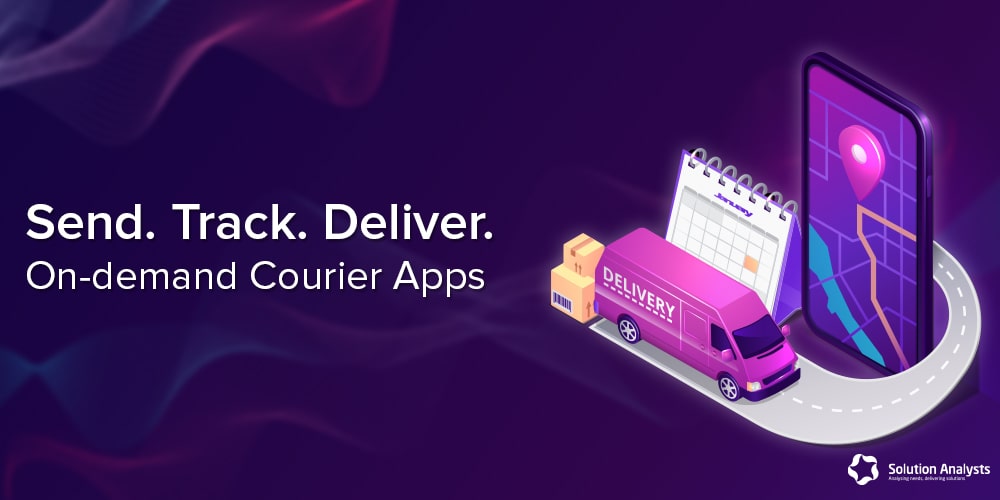Step-by-step Guide for Flutter Application Development
Since the launch of the stable version 1.0 in 2018, Flutter has started winning the hearts of developers worldwide. As an ambitious and robust mobile app development SDK by Google, Flutter enables developers to target both iOS and Android platforms at once with a single code. What makes Flutter more appeling is the fact that it can make apps compatible with Google’s upcoming Fuchsia operating system.
These days, the mobile app market is leaning toward a powerful user experience-driven app development process. Here, one of the biggest obstacles remains its division in iOS and Android app development. Users of both these operating systems are scattered across the world. Therefore, entrepreneurs simply cannot avoid any of them while targeting a huge audience. If you skip any of these OS, the brand experience may suffer badly.
Flutter app development is considered as a solution to meet this problem. Flutter app developers can build cross-platform apps by using it. This post provides a step-by-step guide to use Flutter for developing mobile apps. Hope this developer’s guide will shed more light on Flutter app development. Let’s start with the brief introduction of this wonderful framework.
Flutter- An Introduction
Flutter is Google’s open-source UI toolkit to develop cross-platform apps using a single codebase. Developers can build seamlessly-performing native apps for iOS, Android, and web platforms with the help of Flutter. What makes Flutter different from other frameworks is the fact that it does not use JavaScript. Google’s Flutter platform keeps a single codebase for developing various apps.
Read More: Guide for Flutter Application Development




